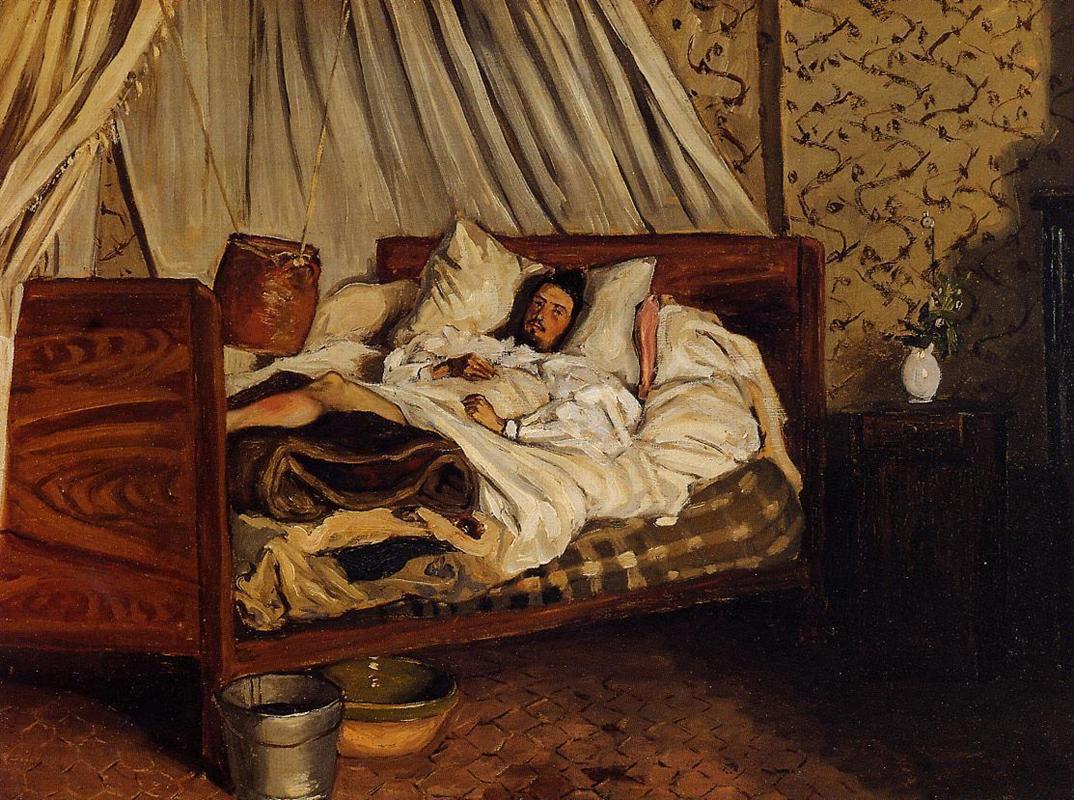Angels We Have Heard on High: Paradiso Canto 31
7:00 AMAngels We Have Heard on High
The Imagery of Angels in Christian Art
Curated by Camille O'Leary
| Gustave Doré, Paradiso Canto XXXI.19, 1868 |
Gustave Doré, a prominent French engraver, did a number of illustrations for literary works, notably producing a series of illustrations for each canto of Dante's Divine Comedy. Over a hundred engravings in all, the series was one of his most popular, reflecting the popularity of Dante's works themselves in 19th-century France.
This engraving depicts the thirty-first canto of Paradiso, in which Dante attains the "Primum Mobile," the ninth circle of heaven, with the help of his guide Beatrice. (Dante took the name from the outermost sphere in the classical geocentric model of the universe.) The circle's inhabitants are a whirling host of fiery, golden angels, pure creatures who were untainted by original sin. At the center of their concentric circles sit the thrones of heaven, and foremost the Virgin Mary, from whom the light at the center of Doré's illustration issues. No individual features can be made out on the angels, only a hubbub of outstretched wings organized, reluctantly, into neat concentric circles, echoing the overall organization of Dante's Heaven.
Dante compares the angels' formation to a white rose, a symbol of purity, and the angels themselves to a busy swarm of bees. Taken to its logical conclusion, this metaphor fits with Dante's overall conception of a carefully regimented afterlife, laid out in neat circles and spheres. Each realm has its administration, its guardians, each inventive punishment is perfectly tailored to the crime.











0 comments